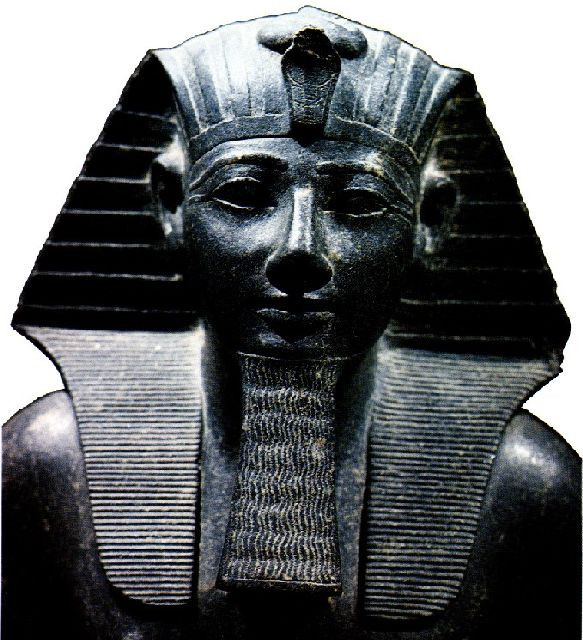The girl found the pharaoh's 3,200-year-old amulet
Neshama Spielman, a Jerusalem girl who unearthed the pendant of Egyptian pendant pharaoh in an archaeological dig at 8 years old.
According to The Huffington Post, the city of David published a rare discovery in the Emek National Park in Jerusalem, after taking four years to authenticate the artifact with an estimated 3,200 years.

Neshama Spielman and the pendant-shaped amulet she found in Jerusalem's national park.(Photo: CBC).
The pendant-shaped amulet carries a part of the pharaoh Thutmose III of the 18th dynasty. It also has a small hole on the top to thread the strap.
Neshama Spielman, now 12, said she participated in the Temple Mount Screening Project, a volunteer digging program and strange objects discovery.

Amulet charms carry the name Thutmose Egyptian pharaoh III.(Photo: City of David).
"When I was looking for the soil, I saw a piece of pottery that looked very different from what I had seen, and I immediately thought that maybe I just found a special item. It was interesting to find a thousand item. five years old in ancient Egypt in Jerusalem! " , Spielman shared.
Dr. Gabriel Barkay, co-founder and director of the Temple Mount Screening Project, speculated that amulets appeared in Jerusalem by Egypt once dominated the region during the last 300 years of the Bronze Age. However, he did not know exactly when the amulet was created. Although Thutmose III ruled Egypt from 1425 to 1479 BC, objects bearing his name could be built in later times.

Pharaoh Thutmose III ruled Egypt from 1425 to 1479 BC.(Photo: a ntique.mrugala.net).
"The objects called Thutmose III continued to be produced in Egypt for a long time after his reign, reflecting the long-term importance and impression that the king left behind. Thutmose III considered himself like someone who conquered thousands of cities, " Barkay said.
Zachi Dvira, co-head of the Temple Mount Screening Project, shared the researchers comparing the amulet with another identical specimen found earlier in northern Israel and named King Seti I. Taste This pharaoh ruled Egypt from the end of the 14th century to the beginning of the 13th century BC.
"This indicates both pendants of the same age, namely the end of the 14th century - the beginning of the 13th century BC," Dvira said.
- 7-year-old girl found super charm
- The green forest girl lives with the monkeys found in India
- The perfect beauty of an 18-year-old girl living at 9,000 years ago
- Inside the mummy, a 2,000-year-old girl
- 6000 year guardian talismans are cast like NASA technology
- Egypt reveals the tomb ruins of nearly 4,000 years old
- An 8-year-old girl found a 1,500-year-old sword
- 4-year-old girl found new dinosaurs
- The girl's body held an intact rose in the coffin for 145 years
- Pharaoh 'rises': Close up of the great 3,000-year-old sight of Egypt
- 4 year old girl addicted to eating cloth
- 11,500-year-old baby girl revealed human origins in North America
 Discovered an ancient centipede fossil 99 million years old
Discovered an ancient centipede fossil 99 million years old Discovered bat-like dinosaurs in China
Discovered bat-like dinosaurs in China Discovered a 200-year-old bronze cannon of the coast
Discovered a 200-year-old bronze cannon of the coast Discover 305 million-year-old spider fossils
Discover 305 million-year-old spider fossils